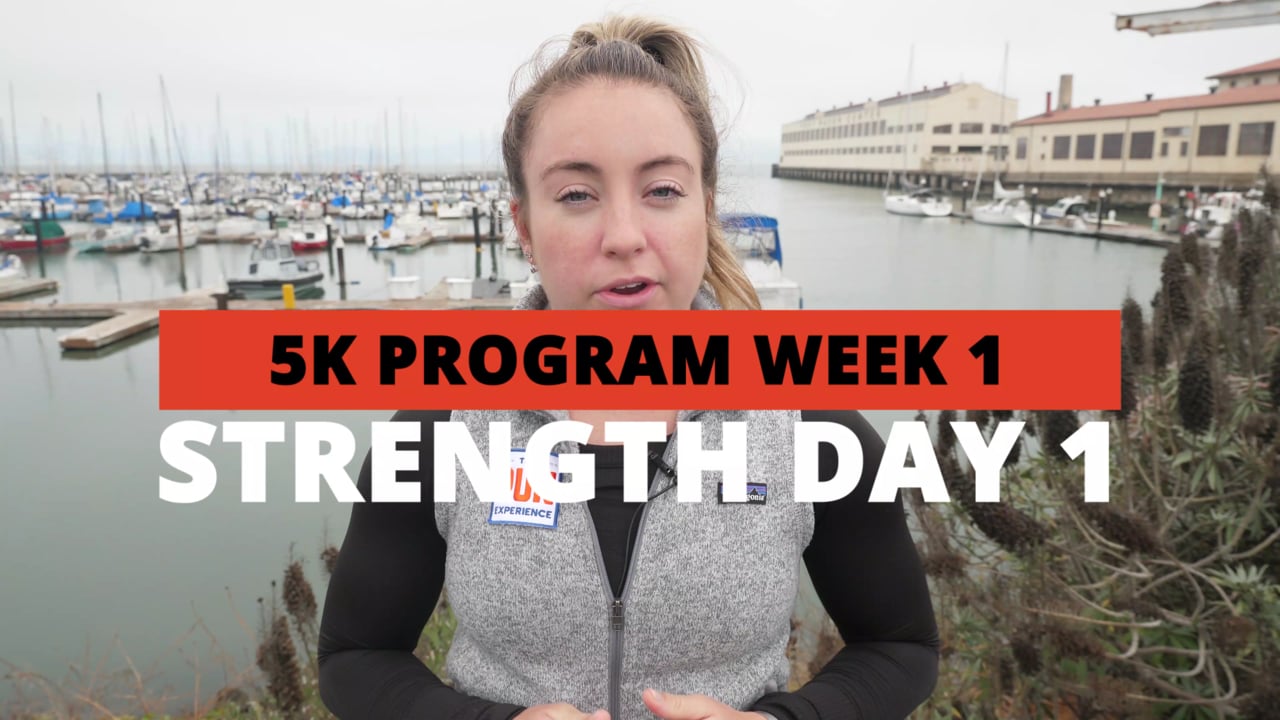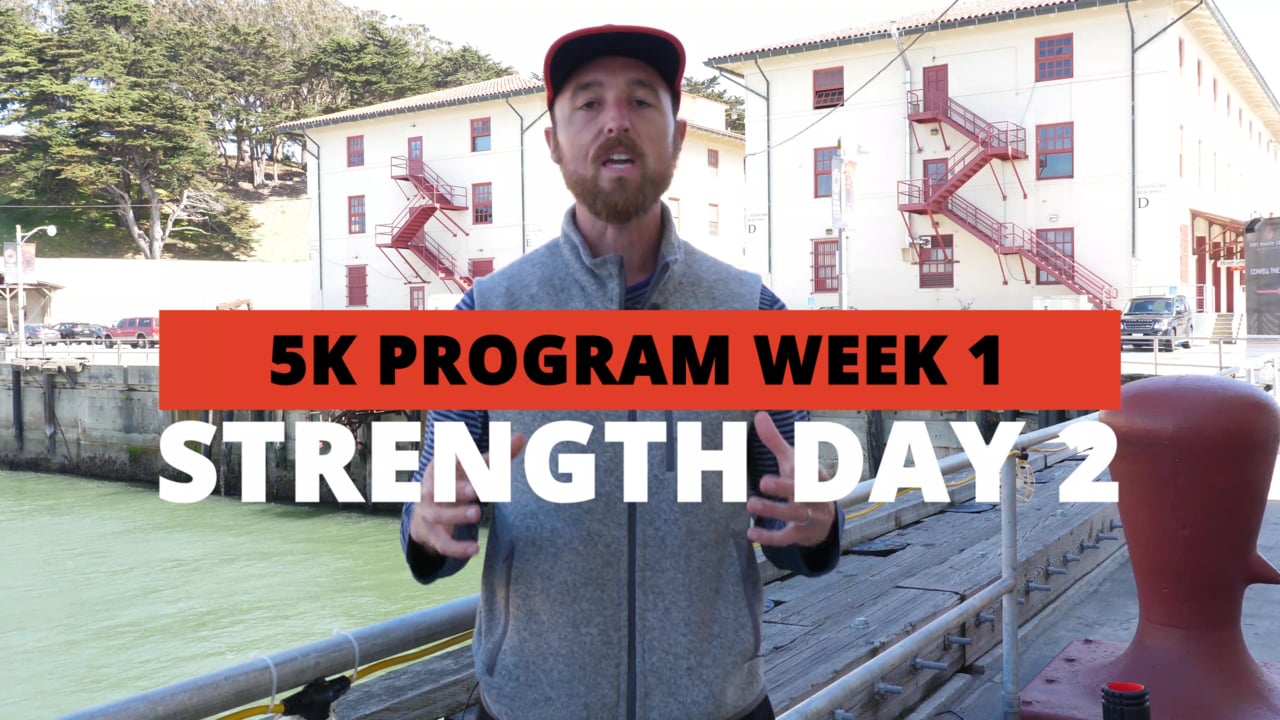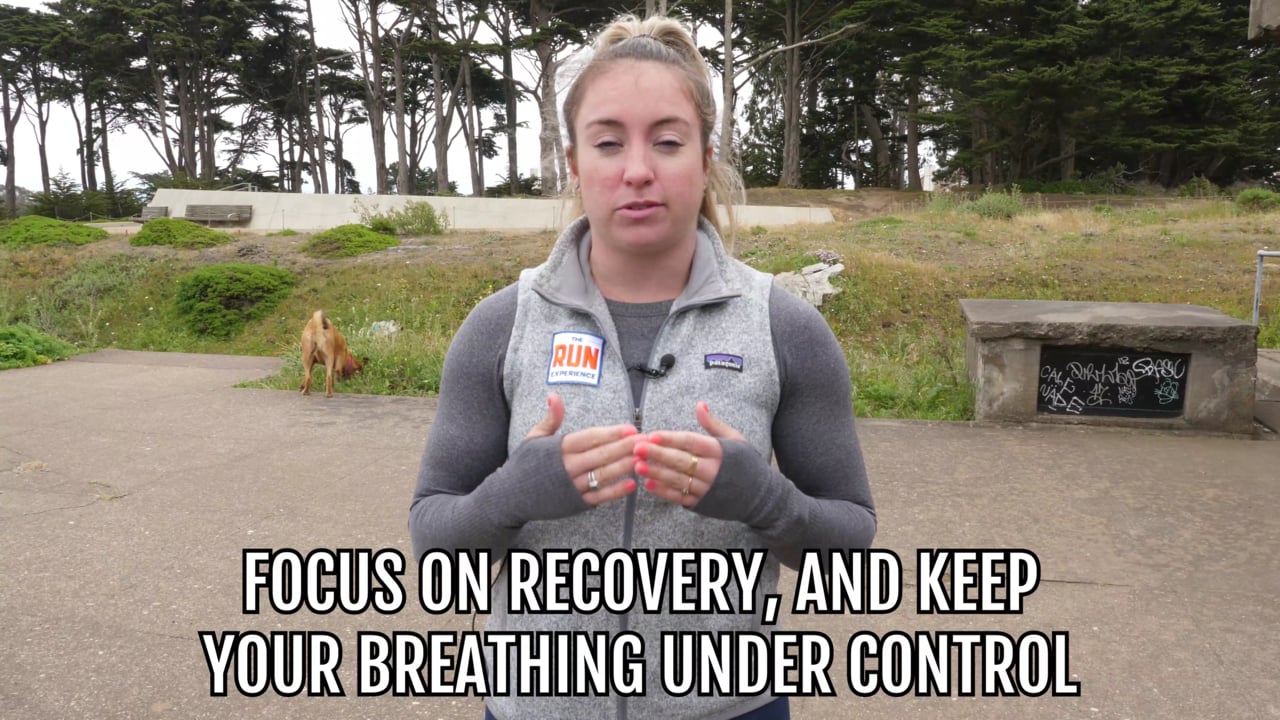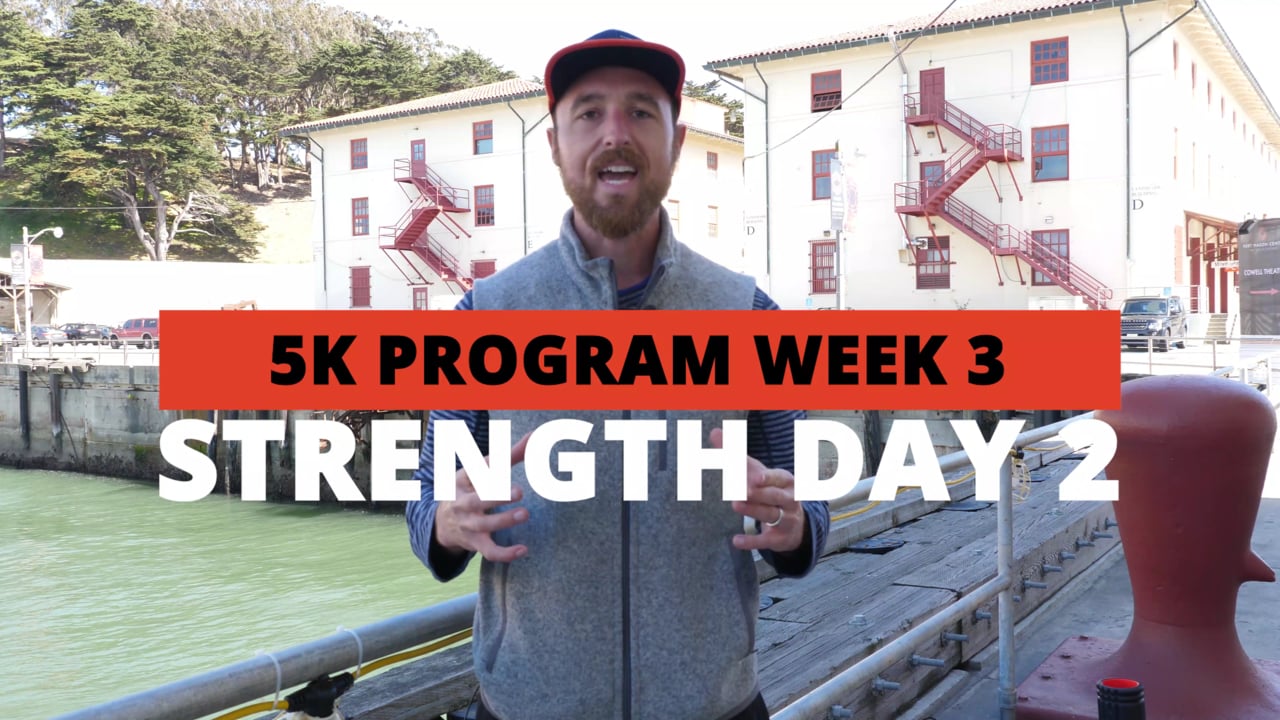-
Breath &
Week 6 | Day 36
Mobility
-
Breath &
Week 5 | Day 29
Mobility
-
Run Drills:
Week 6 | Day 37
Pulling It
All Together -
Strength,
Week 6 | Day 38
Agility &
Power -
Run Drills:
Week 5 | Day 30
Fast Feet
-
Quality Run:
Week 6 | Day 39
Drills &
Strides -
Breath &
Week 4 | Day 22
Mobility
-
Breath &
Week 1 | Day 1
Mobility
-
Run Drills:
Week 1 | Day 2
Nose
Breathing -
Strength,
Week 1 | Day 3
Agility &
Power -
Quality Run:
Week 1 | Day 4
Fartleks
-
Balance,
Week 1 | Day 5
Stability &
Core -
Long
Week 1 | Day 6
Run
-
Fun Run
Week 1 | Day 7
or
Cross Train -
Breath &
Week 2 | Day 8
Mobility
-
Breath &
Week 3 | Day 15
Mobility
-
Run Drills:
Week 2 | Day 9
Get
Rocking -
Strength,
Week 2 | Day 10
Agility &
Power -
Quality Run:
Week 2 | Day 11
Hill
Repeats -
Balance,
Week 2 | Day 12
Stability &
Core -
Long
Week 2 | Day 13
Run
-
Fun Run
Week 2 | Day 14
or
Cross Train -
Strength,
Week 5 | Day 31
Agility &
Power -
Balance,
Week 6 | Day 40
Stability &
Core -
Run Drills:
Week 3 | Day 16
Arm
Swing -
Strength,
Week 3 | Day 17
Agility &
Power -
Quality Run:
Week 3 | Day 18
Track
Speed Work -
Balance,
Week 3 | Day 19
Stability &
Core -
Long
Week 3 | Day 20
Run
-
Run Drills:
Week 4 | Day 23
Bounding
-
Fun Run
Week 3 | Day 21
or
Cross Train -
Race
Week 6 | Day 41
Weekend
Day 1 -
Quality Run:
Week 5 | Day 32
Hill
Repeats -
5k Program
5k Program | Home Page
Home
-
Strength,
Week 4 | Day 24
Agility &
Power -
Race
Week 6 | Day 42
Weekend
Day 2 -
Balance,
Week 5 | Day 33
Stability &
Core -
Quality Run:
Week 4 | Day 25
More
Fartleks! -
Balance,
Week 4 | Day 26
Stability &
Core -
Long
Week 5 | Day 34
Run
-
Long
Week 4 | Day 27
Run
-
Fun Run
Week 4 | Day 28
or
Cross Train -
Fun Run
Week 5 | Day 35
or
Cross Train
“Success, like happiness, can not be pursued. It comes only as a result of dedication.” – Viktor Frankl
It may not be apparent, but how our arms swing is integral to balance, cadence, running efficiency and stride length. And maybe saving the world. Additionally, how you swing your arms while running is influenced by core strength.
Core Strength and Running Efficiency: Let’s get the unfortunate news out of the way first. We just can’t get away from stressing how important core strength is for running. But we’d bet most would not stop to think that core strength affects arm swing. Well, it does in the sense that a strong and engaged core resists rotation of the torso. A weak core allows for upper body rotation, which can create unnecessary stresses on your lower spine. What this looks like from the outside is your hands crossing in front of your body when you run.
On the other hand, a strong and engaged core resists rotation which means that your arms swing straight forward and back, like pendulums from your shoulders and don’t swing across your body. The bottom line for efficiency is that the more energy you can direct in the direction you’re moving (hopefully forward) the more efficient runner you become.
Balance: As one arm moves forward the opposing leg moves forward. That is left arm forward, right leg forward. This maintains a dynamic balance allowing you to more easily move forward in a straight line. The good news is that you don’t really have to think about, even though it can be a comical experiment to try to either consciously do it or to try to do the opposite of what your body naturally does.
Cadence and stride length: Your arms naturally move in a balanced synchronization with your legs. The faster you can move your arms, the faster your legs move. It’s also true that the longer the arc of your arm swing, the longer the arc your legs will naturally move.
Running hint: Point your index fingers and make sure you keep pointing them straight ahead as your arms swing forward while you run. If you want to pretend to be drawing and shooting your phaser, then go ahead and use your running to save the world from alien invasion.
Choose A Training Week
- 1
- 2
- 3
- 4
- 5
- 6
Week 1
Week 2
Week 3
Week 4
Week 5
Week 6
-

Breath &
Mobility
Week 6 | Day 36 -

Run Drills:
Pulling It
All Together
Week 6 | Day 37 -

Strength,
Agility &
Power Week 6 | Day 38 -

Quality Run:
Drills &
Strides Week 6 | Day 39 -

Balance,
Stability &
Core Week 6 | Day 40 -

Race
Weekend
Day 1 Week 6 | Day 41 -

Race
Weekend
Day 2 Week 6 | Day 42 -

5k Program
Home
5k Program | Home Page
Workout
- Running Warm Up
Duration:
Beginner: 3-5 minutes
Intermediate: 5-7 minutes
Advanced: 7-10 minutesInstructions:
Beginner: Alternate run 40 seconds, walk 20 seconds
Intermediate & Advanced: RunEffort Level:
All Levels: RPE 3 out of 10
- Dynamic Warm Up
Boot-Strapper Squat & Inch Worms
- Special Warm Up Exercise: Push Ups
We want to really reinforce your arms moving efficiently, straight forward and backward, so what better way than to have you practice that movement than doing our push-ups? Yay!
All Levels: 2 Sets of 5-10 pushups, 60-second recovery between sets
If you do enough of these push-ups with good form so the last few are a little difficult to complete, you’ll really feel it in your shoulders and lats when you start your running drills. It’s a great wake-up exercise for those muscles before any run and a great reinforcement for where your shoulders belong and how your arms should swing.
- Main Set
Duration:
Beginner: 20 minutes
Intermediate: 20 – 25 minutes
Advanced: 25 – 30 minutesInstructions:
All Levels: Every 3 minutes, 10 Right arm ONLY swing, followed by 10 Left arm ONLY swings.
Swing arms normally otherwise.Effort Level:
All Levels: RPE 5 out of 10
- Cool Down
Duration:
Beginner: 2 – 5 minutes
Intermediate: 5 – 7 minutes
Advanced: 7-10 minutesInstructions:
Beginners: Alternate Run 40 seconds / Walk 20 seconds
Intermediate & Advanced: RunEffort level:
All Levels: RPE 3 out of 10
- Special Cool Down Exercise: More Push Ups!
This isn’t just about the reinforcing the motion. It’s also about strengthening the muscles that perform this motion. And because we know you really can’t get enough of them, we want to further reinforce your arms moving straight forward and backward – guess what? – more pushups!
All Levels: 2 Sets of 5-10 pushups, 60-second recovery between sets
Continue on to your mobility exercises. You know you love your foam roller and lacrosse ball!
- Mobility: Quads
“My quads aren’t tight,” said No. Runner. Ever. Get to know all four of your quad muscles north-to-south and east-to-west



































